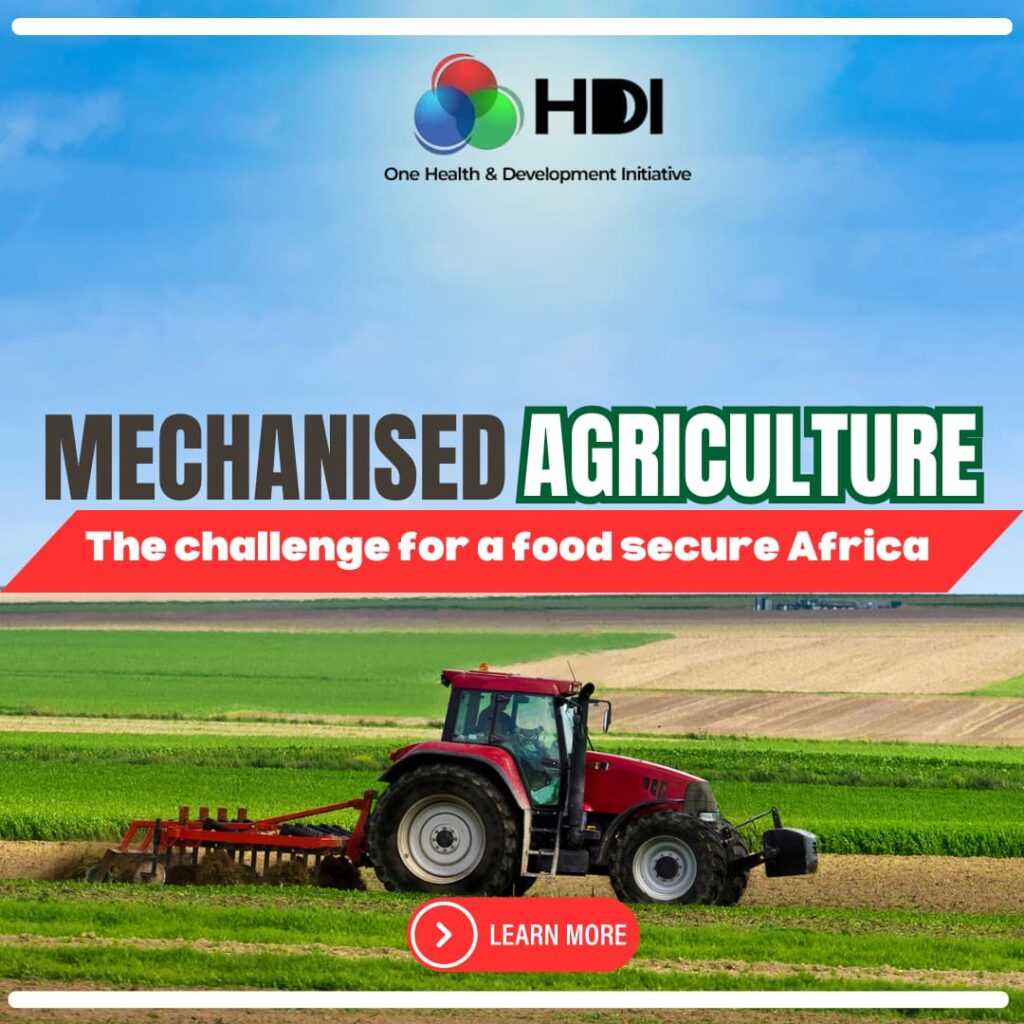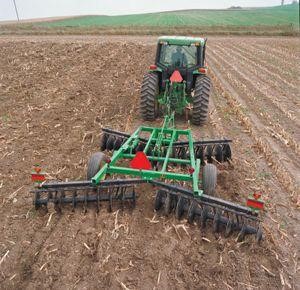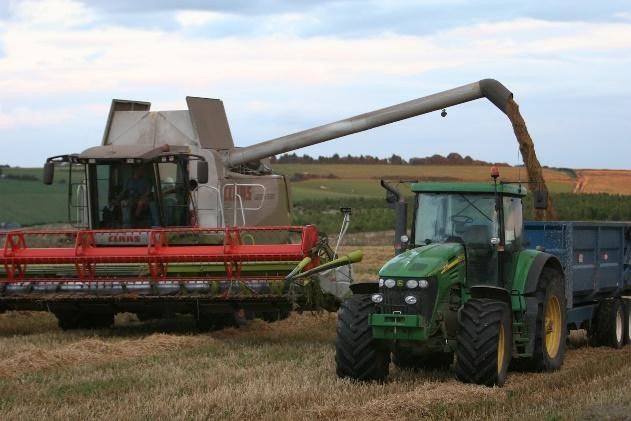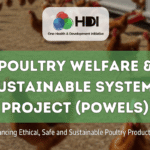
Introduction
Hunger is still a common problem for a number of African countries. The system of food production in most African countries could be responsible. Subsistence farming, a common system of food production in Africa, makes the production of food in such countries only limited to meeting the hunger needs of people for a short period of time. Reflecting on this, we share information on how changing the system of food production from subsistence to mechanization could even enable surplus food production for selling.
What is mechanized agriculture
Mechanization in agriculture is often termed as mechanized agriculture. A few other sources refer to it as agricultural mechanization. Mechanized agriculture relates to the use of agricultural machinery in the production of food for consumption, (Food, and Agriculture Organisation, ND). It is in this form of food production where human or animal involvement in the process of producing food is much reduced. The Food and Agriculture Organisation identifies the foremost advantage of mechanized agriculture as efficiency –the ability to produce much agricultural output with few resources. Other advantages it carries include being less labor intensive, and lowering environmental footprint when combined with other conservation agriculture techniques.
It is a very essential element of modern-day agricultural operations in large agricultural countries such as China, India, and the United States of America. With the advancement of technology in agriculture elsewhere, we have indeed a very big opportunity before us, as Africans, to improve food security on the continent. Embracing mechanized agriculture is one of the few options we have before us to meet the food needs of the continent with one of the fastest-growing populations on earth.
Mechanized agriculture in Africa
The use of machines in agricultural production in Africa is still low, given the fact that a larger proportion of the continent is involved in subsistence farming. Subsistence farming is characterized by the production of agricultural outputs, just for consumption, or small-scale livelihood.
This type of farming is carried out by use of rudimentary tools such as hoes, pangas, slashes, garden forks, rakes, and a few other hand-held agricultural appliances.
It is on a few occasions that a certain degree of mechanization has been applied i.e. use of oxen to plough fields. The use of sophisticated machinery such as tractors, trucks, and combine harvesters during crop production in sub-Saharan Africa is an uncommon practice. It is only a few individuals on the African continent that use such machines.
What entails mechanized agriculture elsewhere
One would get amused by how agriculture is practiced in some parts of the world where agriculture is intense. In such countries, there is a huge reliance on machines to do agricultural work that would require much human involvement. Machines do all the work from preparing land, to harvesting. Below are visuals of a few of the machines used in agriculture.


Truck
(Source: Costa Rica Guide)

Combine Harvester
(Source: Vecteezy)

Aero planes
(Source: The Western Producer)
Gaps in mechanizing agriculture in Africa
There are still a lot of gaps in the uptake of mechanized agriculture in Africa. These range from policies that facilitate mechanized agriculture to the attitudes of farmers towards mechanized agriculture. It is no wonder that there are less than 2 tractors per 1000 hectares of land in Africa.
Here are some of the reasons as to why Africa hasn’t embraced mechanized agriculture more aggressively:
- Limited government interventions on improving mechanized agriculture in small-scale farmers
- High prices of agricultural machinery
- Limited capacity in Africa to operate such machines
These and many more challenges limit Africa’s ability to feed its current population and could make it even impossible for when its population doubles by 2050.
Improving mechanized agriculture in Africa
The involvement of the private sector in the mechanization of Agriculture in Africa could be the only way in which operations of machines in agriculture are to scale. Where the governments fail to provide the needed machines for agriculture, and indeed the development partners may have failed, the private sector could be the only refuge to enable mechanized agriculture in Africa.
Work done by a few initiatives such as Hello Tractor in Nigeria, and Rent to Own in Zambia have much promise for Africa’s quest to increase agricultural productivity and ultimately food security. The Nigerian-based “Hello Tractors” way of operation is letting out tractors to farmers whereby farmers benefit from services rendered by a tractor at low prices. A distinguishing feature from a similar initiative found in Zambia –Rent to Own, is the letting out of a variety of agricultural machinery other than tractors like pumps, presses, shellers, and bicycles.
It is satisfying to see that initiatives like these respond to the challenges of owning machinery in African contexts –more so the cost of purchasing machinery. These have made it possible for farmers with low capital to access the services provided by agricultural machinery just for a smaller cost. As Africans, we might be just a step closer to food security through embracing mechanized agriculture.
Conclusion
The future of Africa’s food sector is to thrive only with initiatives that change agricultural production from the use of rudimentary equipment to taking on the opportunity that comes with advancement in technology in agriculture –mechanized agriculture. Yes, there are a few challenges with how we’re to transition to more sophisticated systems of producing food, but with initiatives that make capital for mechanized agriculture cheaper, the path to a food-secure Africa is widening.












